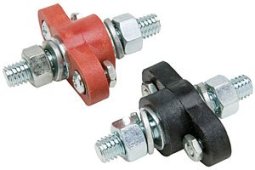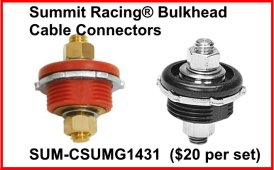callmeburton
New Member
- Joined
- Mar 4, 2022
- Messages
- 258
Going to be assembling a DIY 48vdc EVE 280 battery here in the next couple of weeks and was looking for passthrough terminal post connectors and insulators. I will admit the ones I have seen on rack mounted units were attractive so it had me hunting for different options.
What are people using and why? I have seen some projects with anderson connectors ( I have experience with those from other projects ) and some just going 100% exposed terminals.
What are people using and why? I have seen some projects with anderson connectors ( I have experience with those from other projects ) and some just going 100% exposed terminals.





